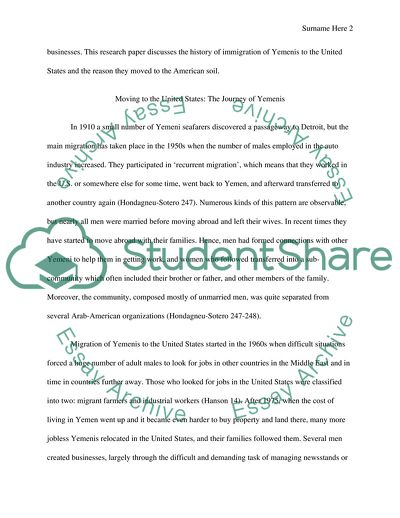Cite this document
(Yemen Immigration to the United States Research Paper, n.d.)
Yemen Immigration to the United States Research Paper. https://studentshare.org/history/1802397-yemen-immigration-to-usa
Yemen Immigration to the United States Research Paper. https://studentshare.org/history/1802397-yemen-immigration-to-usa
(Yemen Immigration to the United States Research Paper)
Yemen Immigration to the United States Research Paper. https://studentshare.org/history/1802397-yemen-immigration-to-usa.
Yemen Immigration to the United States Research Paper. https://studentshare.org/history/1802397-yemen-immigration-to-usa.
“Yemen Immigration to the United States Research Paper”. https://studentshare.org/history/1802397-yemen-immigration-to-usa.


